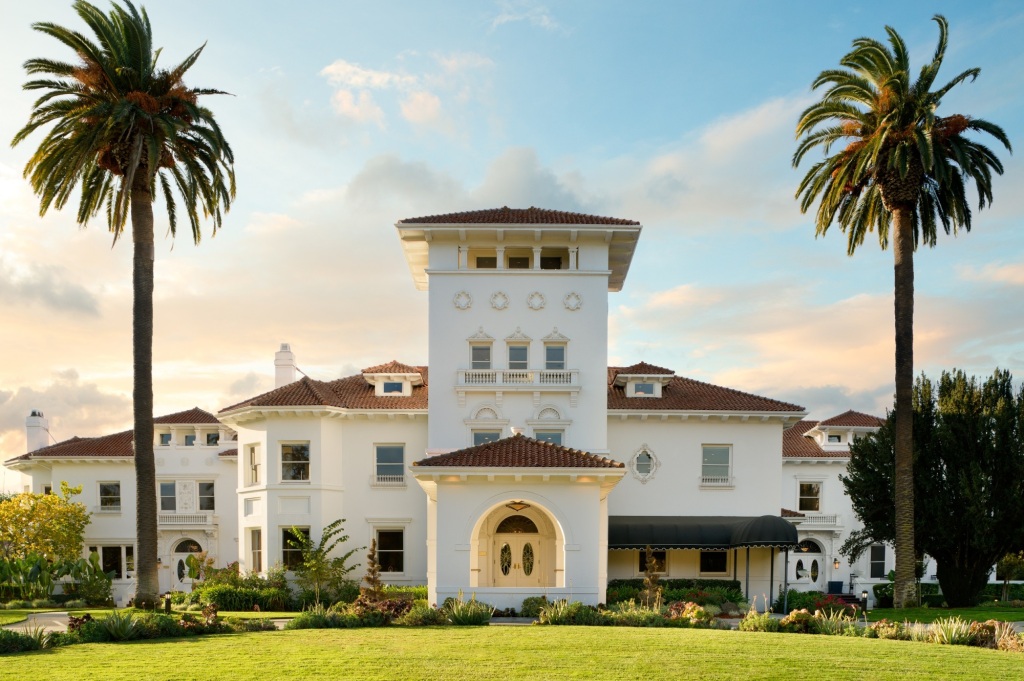SAN JOSE — The iconic Hayes Mansion in San Jose has completed a wide-ranging renovation that has completely revamped its lobby, rooms and suites, and added a new restaurant, the hotel said Wednesday.
The Hayes Mansion is now part of the Curio Collection by Hilton, an upscale lodging brand that features a collection of independent and unique hotels and resorts, executives said.
“We look forward to welcoming back our esteemed guests and organizations who have made Hayes a premier and unique historic destination,” said Jeff Carpenter, general manager, Hayes Mansion San Jose, Curio Collection by Hilton.
The renovation included a revamp of the hotel’s 214 guest rooms and suites, Hayes Mansion executives said.

(Dylan Patrick, Hayes Mansion)
The hotel property is owned by JMA Ventures, which bought the property in 2019, paying $27.8 million, Santa Clara County public records show.
The main building on the property is deemed to be a historic structure and was constructed in 1905 by members of the Hayes family. The property fell into disrepair in the 1970s and 1980s, according to a city staff report.
San Jose bought the property in 1984 from the now-defunct city Redevelopment Agency and undertook three expansions from 1991 through 2002.
But the city was forced to provide subsidies that ranged from $2 million to $6 million a year, a financial squeeze unleashed by the Great Recession and a slump in revenue. Eventually, the city was able to ease its money woes linked to the mansion by selling to the JMA Ventures group.
“The completed property delivers a sense of exploration and curiosity and invokes the pioneering spirit and entrepreneurial drive that embodies northern California,” Carpenter said.

(Dylan Patrick, Hayes Mansion)
An event space that totals 33,000 square feet also was upgraded.
A major addition to the hotel is the Palm & Ember dining and drinking establishment on the property. The bar and cocktail lounge flow through to the 150-person dining room, a full-service terrace with a capacity of 40 people and a garden seating area.
In the early days of the mansion, the property was self-sufficient. The site included its own power plant, a post office, railroad station, carriage stop, lodgings for 40 ranch hands, and a chapel. Family members grew fruits and vegetables and raised livestock.
The mansion is an example of Mission Revival architecture. In 1975, Hayes Mansion was added to both the National Register of Historic Places and became a California historical landmark.
“The hotel has been reimagined and transports visitors back to the rich history of the Hayes Mansion estate with a twist of modern flair,” Carpenter said.











